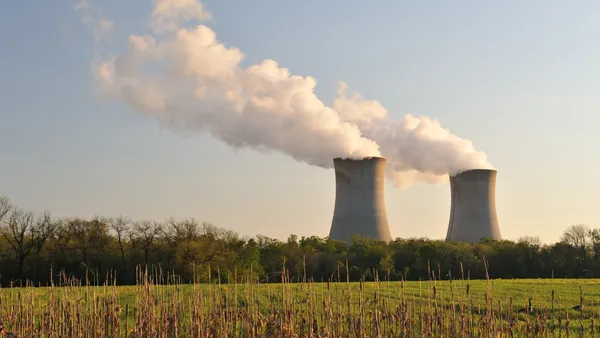Dive Brief:
- Global solar deployment for 2015 reached 59 GW, according GTM Research preliminary numbers. China’s world-leading 19 GW of installations included a push for 2-3 GW of extra capacity before the end of the year, driving total installations higher than researchers’ initial 55 GW projection.
- India’s fifth-in-the-world total of 2 GW installed included 300-500 MW more than expected. Projects completed sooner than expected in Pakistan, Bangladesh, and other emerging markets accounted for another 500-1,000 MW of unanticipated new capacity.
- The U.S. added 7 GW, about what researchers expected, as developers met new build expectations before learning in late December that the crucial 30% federal investment tax credit would be extended into the early 2020s. That extension, GTM Research expects, will likely increase U.S. solar growth 10%-15% annually through 2020.
Dive Insight:
PV Market Alliance research put global 2015 installations at only 51 GW, with 15 GW coming from China, 10 GW from Japan, 9.8 GW from the U.S., 8.5 GW from Europe, 1.5 GW from Africa, and 2 GW from India.
GTM Research put Japan at 11 GW and the UK at 4 GW installed in 2015. But anlalysts expect drops in future deployment due to significant cuts in feed-in tariffs (FITs) that will likely cost the UK 4-5 GW and Japan 3 GW of solar over the next five years. China’s more modest 13% FIT cut did not slow its 2015 performance.
Brazil, with more than 2 GW in the pipeline, underperformed in 2015 due to its weakened economy. Mexico, with an over 5 GW pipeline, also underperformed, due to policy uncertainty.
GTM Research projects a cumulative global 321 GW at the end of 2016 and 64 GW for the year, with China and the U.S. leading, emerging India and Brazil markets playing bigger roles, and the Philippines, Pakistan, Bangladesh, Uruguay, Guatemala, and Panama moving toward the 100 MW mark.













